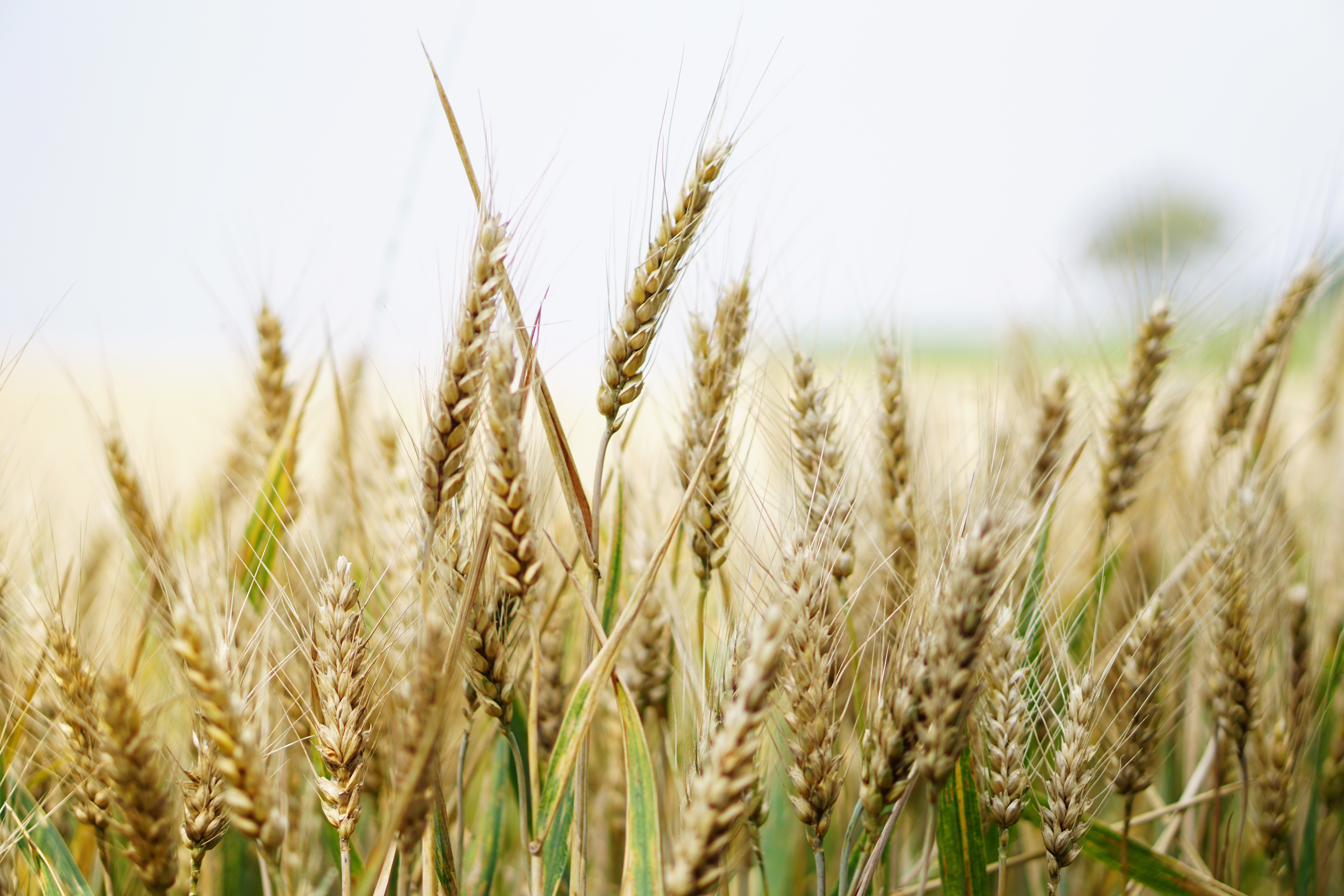“Whole Grain” is a big buzz word in the nutrition world, and rightly so. Eating enough whole grains can help reduce your risk of stroke, heart disease, and diabetes. However, when it comes to grains, you may not know what to look for and what to avoid in order to make heart healthy choices.
What is a whole grain?
Whole grains are still intact the way they grow in nature. This means they haven’t been processed in ways that strip them of some of their nutritional value. Whole grains include the three edible parts of the grain: the bran, germ, and endosperm. When eaten together, these parts provide important antioxidants, B vitamins, minerals, fiber, carbohydrates, protein, and healthy fats.
Why eat whole grains?
The health benefits of whole grains have been widely documented and include:
- Reduced risk of stroke, heart disease, and type 2 diabetes
- Healthier carotid arteries
- Healthier blood pressure levels
- Better weight maintenance
- Reduced risk of inflammatory diseases
- Lower risk of colorectal cancer
Because of these health benefits, the Dietary Guidelines for Americans recommend that you consume three or more servings of whole grains each day, yet 95% of Americans are not meeting this recommendation.
To ensure that you’re getting the most nutritional value from your whole grains, choose minimally processed, whole foods like these:
- Oats – Look for steel-cut oats, old-fashioned oats, and oat groats. These intact whole grains are a good source of dietary fiber, manganese, selenium, magnesium, zinc, and phosphorus. While oats are somewhat processed, it doesn’t alter the nutritional value of this popular breakfast grain. Try baking these snackable Chia, Flax, and Oat Bars, which are full of whole grains.
- Rice – Go for brown rice instead of white rice. When brown rice is processed to make white rice, it loses most its vitamins, minerals, and fiber. Brown rice is a good source of manganese, selenium, magnesium, and fiber.
- Quinoa –Not only is this delicate grain a good source of folate, copper, and phosphorus, it’s also a complete protein. You can enjoy quinoa in place of rice, in salads, or as a warm breakfast cereal. Try this Chicken Quinoa Vegetable Soup for an easy and delicious whole grain dinner option.
- Barley – If you haven’t had the chance to try barley, give it a go. It’s great in soups and dishes that normally call for rice. Look for hulled or dehulled barley, which is the intact form of this hearty grain. More nutritious than pearled barley, hulled barley is high in selenium, phosphorus, copper, manganese, and beta-glucan, the type of fiber that helps block cholesterol absorption.
Not all whole grain packaged products are created equal.
You’ll find the words “whole grain” on packaging for many products, like granola bars, cereals, crackers, pastas, and breads. However, these products are still processed, which means they’re less nutritious than the whole foods listed above and probably contain refined sugars and flours, which you want to avoid.
What to Look for:
- Whole grain is the main ingredient—check out the list of ingredients to ensure that a whole grain is listed first.
- Avoid products that say they include whole grains, yet list an enriched flour as the first ingredient. Enriched flours are NOT whole grains.
- Try whole grain snacks that include other heart-healthy ingredients such as flax and chia seeds.
- Choose packaged whole grain products that are low in sugar.
To get the most nutritional benefits from whole grains, include three servings and a variety of whole grain foods in your daily diet.
In good health,
Erin
Sources:
- www.wholegrainscouncil.org
- Jonnalagadda, Satya S., Harnack, Lisa, et al. “Supplement: Putting the Whole Grain Puzzle Together: Health Benefits Associated with Whole
- Grain—Summary of American Society for Nutrition 2010 Satellite Symposium” The Journal of Nutrition.141 (2011): 1011S–1022S.
- Lund, Melinda. “Intact Grains.” Today’s Dietitian. October 2013: pg 38. Web. 14 Aug 2017.
